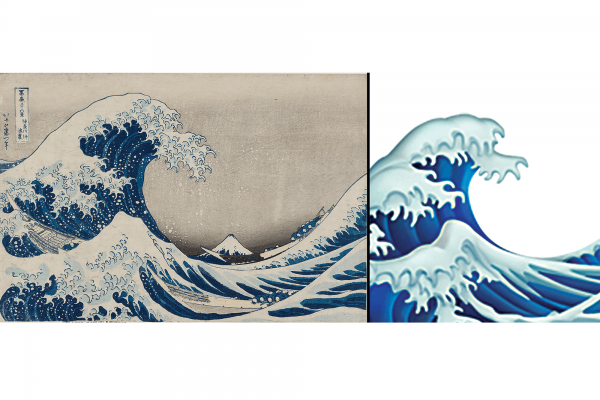WHEN I TRAVEL to a city, I find art museums and their masterpieces: “Sunflowers” in Amsterdam, the “Prodigal Son” in St. Petersburg, “David” in Florence. Van Gogh, Rembrandt, Michelangelo. These are masters, according to some cultural imagination.
But it wasn’t until this past April that I encountered an Asian master and masterpiece: Katsushika Hokusai’s “Under the Wave Off Kanagawa.” The print is better known as “The Great Wave”—you know, the Apple wave emoji. Why is this the first Asian masterpiece that I’ve seen?
Read the Full Article

Already a subscriber? Login
